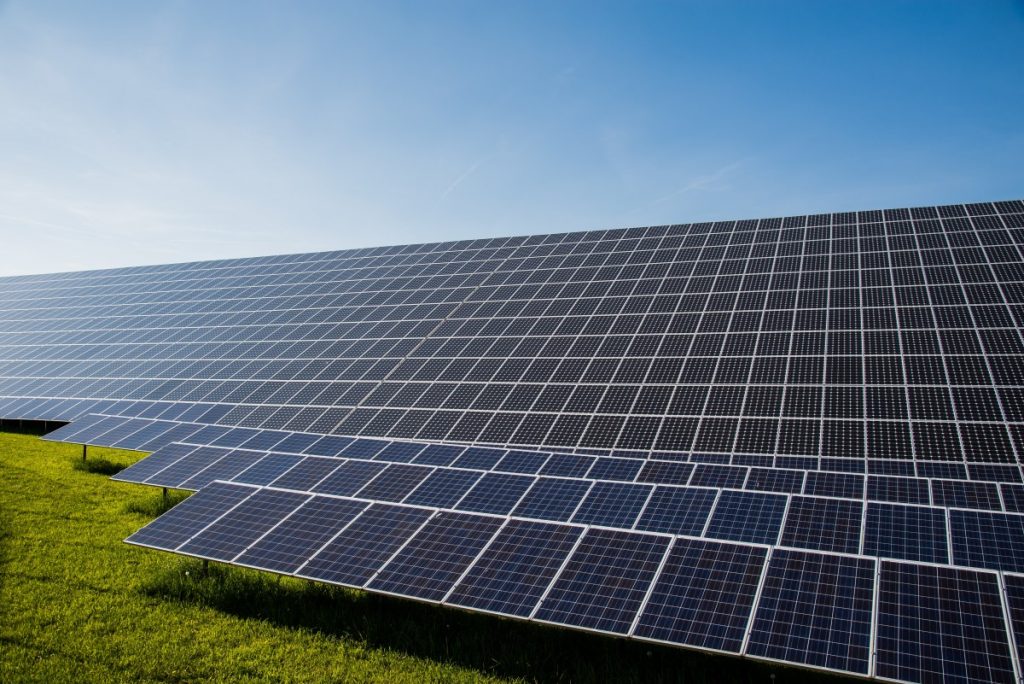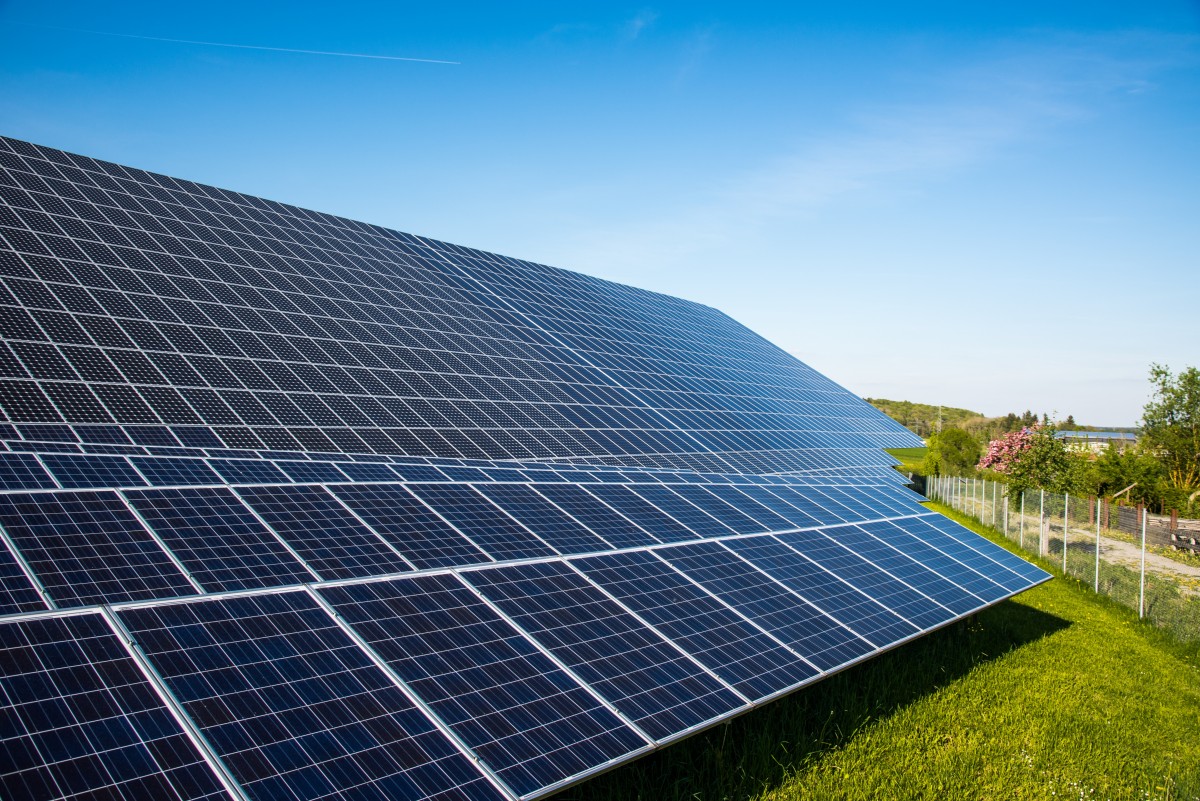Summary
– First photovoltaic technology: the silicon industry
– Other photovoltaic techniques
– Cost and economic profitability of photovoltaic technologies
The photovoltaic effect, discovered at the end of the 19th century by M. Becquerel, transforms light into electrical energy.
Two photovoltaic sensor technologies share the market: crystalline silicon, which accounts for more than 90% of the world market, and thin-film cells. System performance is continually being improved through research in several countries.
First photovoltaic technology: the silicon industry
General
More than 90% of the sensors sold worldwide are mainly made of silicon. This semiconductor material has the advantage that it can be produced from an almost inexhaustible natural resource: quartz, a component of granites, sands and sandstones. This technology is the oldest and has always dominated the market. It has many advantages, starting with its robustness, with a lifespan of around 30 years, and its performance with yields among the highest on the market: from 12 to 20%.
Note: these yields may seem low, but we must keep in mind that we are talking about solar energy here. Whether this energy “falls” on a photovoltaic collector or a tile, it makes no difference to the planet, except that the tile itself does not produce electricity! So no energy is lost.
The monocrystalline
A monocrystalline photovoltaic sensor is made from a block of pure silicon, formed from a single crystal. This process (35% of the market) is expensive but allows to obtain the cells with the best efficiency on the market: 18-20%. From an aesthetic point of view, the cells that make up the solar panel have a uniform colour and have the shape of small squares with cut corners.
The polycrystalline or multi-crystalline
A polycrystalline photovoltaic sensor is made from monocrystalline silicon scrap. It is cheaper to manufacture, but its efficiency, about 14-15%, is slightly lower than a monocrystalline sensor. These are the most inexpensive panels on the market (of which they account for 56%).
Amorphous silicon
A technology similar to that of flat panel displays, amorphous silicon consists of a succession of doped and undoped silicon layers. With this technique, yields remain low (about 7-8%). Lower manufacturing costs for crystalline silicon cells have pushed this type of sensor away from the market and confined it to calculators and other niche markets.
Other photovoltaic techniques

Thin layers
Thin-film photovoltaic cells (9% of the market) are also produced from silicon but in extremely thin layers (a few microns). They have the great advantage that they can be used on flexible support and can fit various shapes. This die is relatively inexpensive, but its cost has fallen less recently than silicon dies. Yields are among the lowest on the market, around 8 to 10%.
Thin films mainly consist of two families: cadmium telluride (CdTe) and an alloy of copper, indium and selenium (CIS), to which gallium is sometimes added (CIGS).
Pathways under development
Various channels, still at the research stage, are beginning to make a name for themselves.
– We can mention the organic sector, which offers good prospects for low-cost production, but whose yields are still too low (3 to 5%) and whose lifespan is still too limited (about 1,000 hours).
– The families of “hybrid”, “concentration” and “multi-junction” sensors all seem promising for obtaining optimized yields.
The competitiveness of technology has snowballed the photovoltaic market for many years. Some countries such as Germany, Italy, and California allow electricity production cheaper than the consumer’s electricity price. The decrease in solar power plants’ cost is mainly due to the fall in the manufacturing prices of collectors, particularly those of the silicon industry.
If you are looking for a professional solar panel installer in Melbourne, Allstate Energy is the name to remember. They are CEC approved to provide affordable solutions to reduce your power consumption from the grid.
Remember to share this post and leave your comments below.

